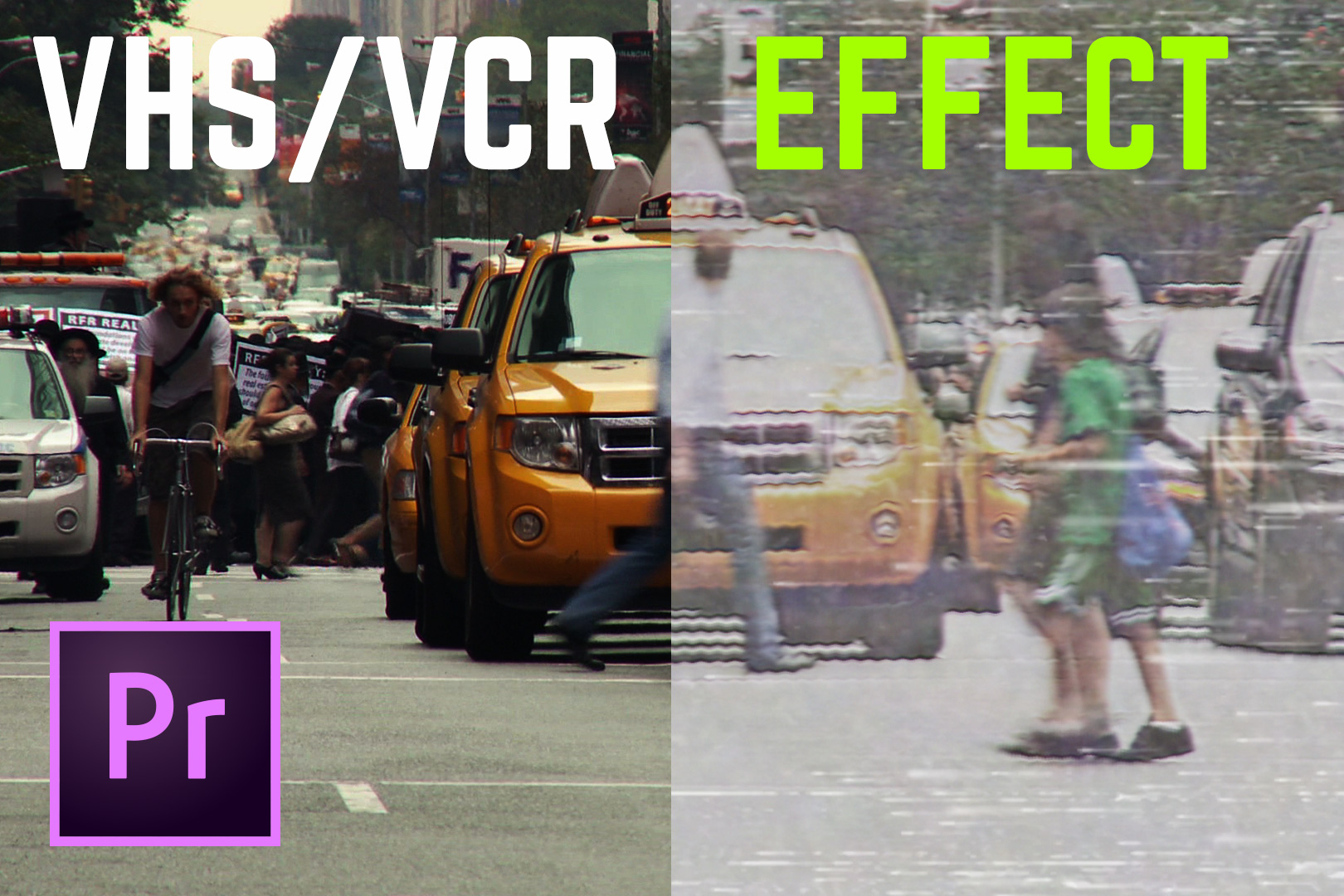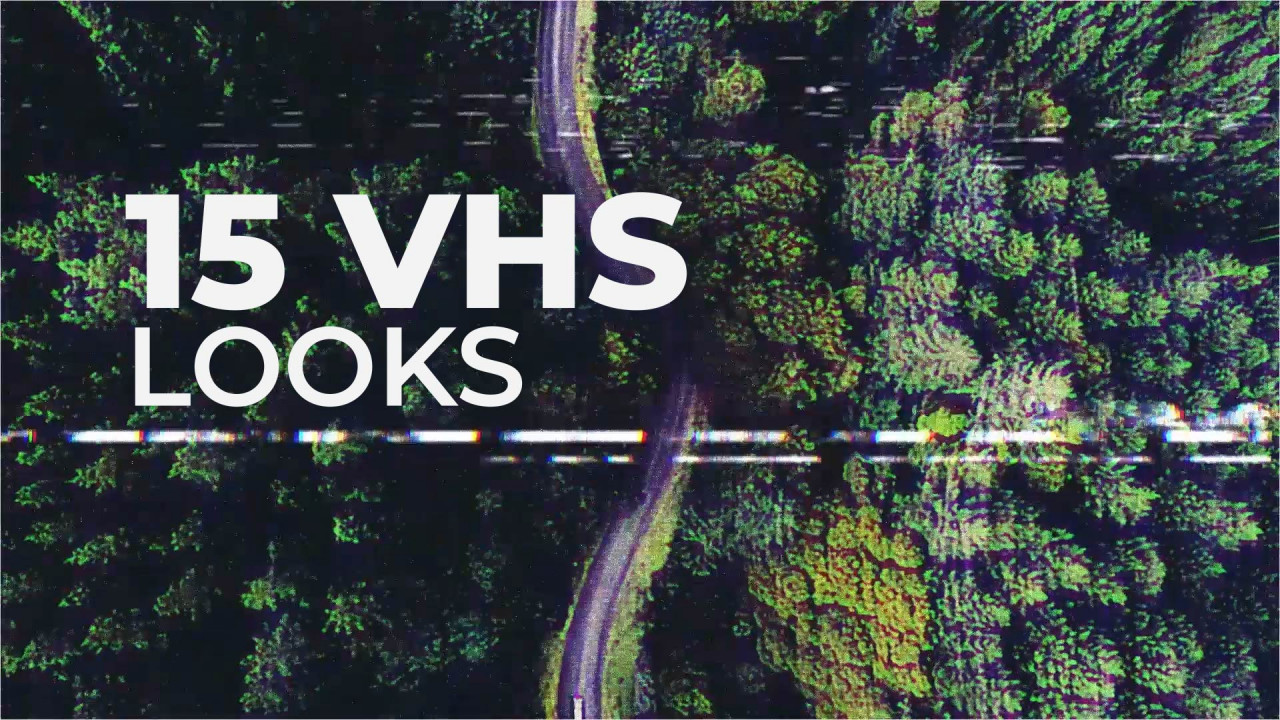



Just like the digital distortions pack this free After Effects template allows you to recreate the look of an old VHS tape.ĭownload from our library of free Premiere Pro Templates for Wedding.ĭont required After Effects only Premiere Pro Up to 33 photovideo placeholders 23 Text placeholders Duration 155 Full HD 1080p 25 fps No Plug Ins required. This project can be changed via using the all 80s chrome look keeping your original logo color changing text and font and changing colors or removing the triangle.Īll of the templates for Wedding are ready to be used in your video editing projects. I'm considering this because it returned the image back to normal.Once again all you have to do is drag and drop your footage.Ī retro 80s style logo with VHS distortion and degradation effects.Īudio visualizer Call-outs Instagram Lower-thirds Opener. Separating 4 clips of Red, Green, Blue, and Luma components onto 4 video tracks using RGB Curves and Luma Curve effects: The intuitive way.I skipped because it was obvious that I was working on RGB components instead of YUV, although there's one tutorial using this method. Separating 3 clips of Red, Green and Blue components onto 3 video tracks using RGB Curves effect: The intuitive way.I skipped because it returned an image that looks pink tinted, although there was an RGB-to-YUV conversion formula involved. Separating 3 clips of Red-Luma, Blue-Luma, and Luma components onto 3 video tracks using Channel Mixer effect: The math way.I'm not looking for plugins or jumping to other softwares.I'm currently using Adobe Premiere Pro 2017.I want to separate the channels like this (I might be wrong):.

Here's the current state (top) and a rough sketch of the desired result (bottom):.This is where the question comes in: What's the proper way to separate the YUV components of my clips for this particular effect? In order to simplistically replicate this process, I've been trying to split my material up into 3 separate YUV channels and work from there intuitively, since I believe it's the luma and chroma signals that make up this analog video effect, before the video gets automatically decoded back into RGB (correct me if I'm wrong). At the present day, the tape was restored in a digital format by an RCA-to-USB converter that connects the VCR to a computer. Now, from that second bit onward, here's how I assumed it went in practical terms: In the '80s or '90s, the movie (my artwork) was restored in a VHS format (with PAL standard) by a telecine machine using the release print. I'm making an artwork and here's how it goes in a nutshell: A fictional movie scene that was (1) shot on film in the '60s, (2) restored in VHS format in the '80s or '90s, and (3) restored again in a digital format in the present day.


 0 kommentar(er)
0 kommentar(er)
